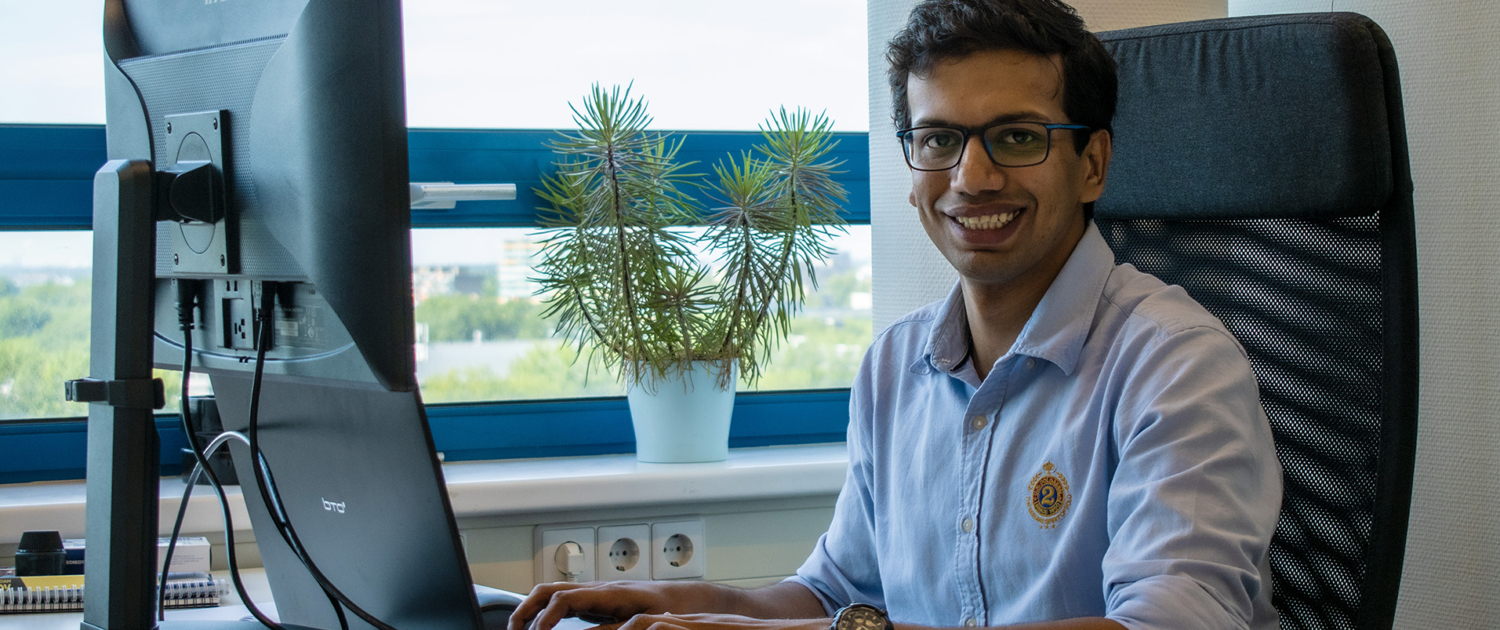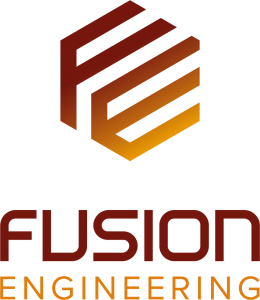The future of wind turbine blade maintenance with AIRTuB
An interview with Abhishek Chatterjee – Control Systems & Software Engineer at Fusion Engineering
“The ultimate aim is to make human intervention in dangerous environments unnecessary and instead have robots perform these tasks for us.”
After finishing his bachelor’s degree at the Indian Institute of Technology, Abhishek Chatterjee came to Delft, The Netherlands for his master’s in Control and Operations within Aerospace Engineering. He is with Fusion Engineering for 16 months as of writing. The AIRTuB project has been his main focus since joining the team in September 2019.
When did you start at Fusion Engineering? How did you find out about them?
I came across Fusion Engineering during a career fair at TU Delft. At the time, I was looking for part-time opportunities to gain some industry experience and cover my expenses while working on my MSc. thesis. Working at Fusion seemed like the perfect fit to what I was looking for and I joined as a part-time Control Systems Engineer in April 2019. In the following few months, I had an awesome time working with the team and got to learn a lot about various technical concepts as well as many operational aspects of running a start-up. After graduation, I decided to continue my journey with the company and I joined full time in September 2019. Being someone who aspires to pursue a career in the drone industry, working at Fusion Engineering has been a great take-off for my career.
What is the AirTuB program and how did you get involved with the project?
The Automated Inspection and Repair of Turbine Blades (AIRTuB) project intends to develop, test and demonstrate technology to automate maintenance and inspection of off-shore wind turbine blades. The initiative has brought together various industrial and educational organisations to work on different aspects of the project. To realise the project objective, a drone equipped with various sensors, to detect structural and surface damages, is being developed. Fusion Engineering is responsible for developing the flight controller, Fusion Reflex, that would be used to reliably control the drone in offshore conditions. The project started around the same time when I joined the company fulltime and I was fortunate to be involved in the development of vision based navigation strategies for the drone.
Everyone on the AirTuB program had a very specific role it seems, what was yours?
My key role in the AIRTuB program has been to develop a vision based solution to autonomously land the drone on a maintenance ship as well as on a turbine blade. I have also been involved as one of the points of contacts of Fusion Engineering with the other organisations in the project.
AirTuB is a collaboration between a lot of experts on different fields. How much did you communicate with each other?
It is true that the AIRTuB project brings together experts from various fields to solve the problem of autonomous inspection and maintenance of wind turbine blades. As such, it becomes important to devise an effective communication strategy to keep all the members in loop regarding the progress. Various activities in the scope of the project have been classified into different work packages and the organisations in the consortium have been grouped together in relevant work packages based on their role in the project. Members of each of the work packages meet every two months to discuss their progress and get feedback on their work. Leaders of various work packages also have meetings every couple of months to facilitate inter work package communication.
Were there any challenges you encountered during the progress? How did you solve these?
I think to achieve the ambitious goal of automating wind turbine blade inspection, each of the consortium members would have to break-through numerous technical roadblocks. It is this challenging nature of the project that makes working on it so exciting. However, the biggest bottleneck so far has been more of an operational challenge rather than a technical one: the COVID19 pandemic. We have had to completely restructure how we work together and communicate and it has taken some adjustments and getting used to for all of us to keep going amidst the pandemic.
How do you see the technology you’re working on right now evolve over time? Where are we in five to ten years?
The ultimate aim is to make human intervention in dangerous environments unnecessary and instead have robots perform these tasks for us. The key to this integration of robots in real world jobs would be the development of safe and reliable systems. Advanced robot controllers, like the Fusion Reflex, that are built with the goal of making these systems reliable would play a vital role towards facilitating this integration. Even though there are still numerous challenges to overcome, in the coming years, we would slowly but surely move closer towards realising this goal.





